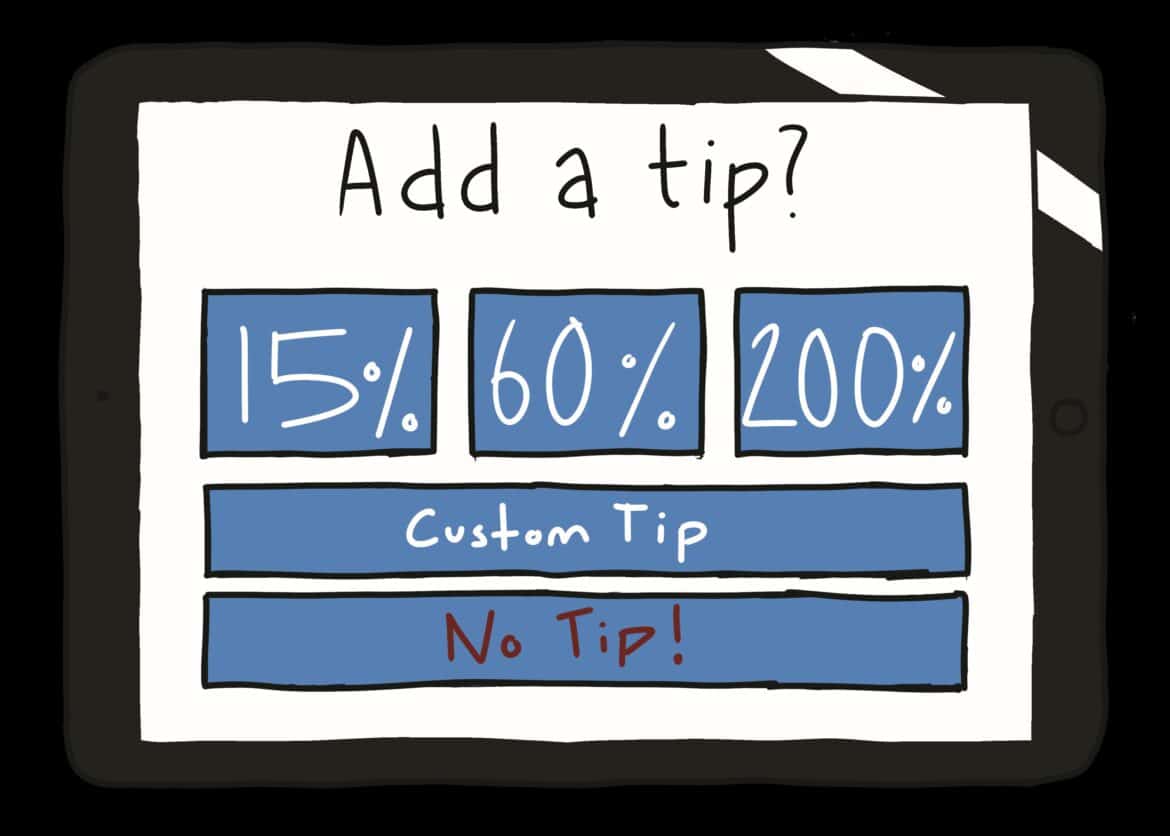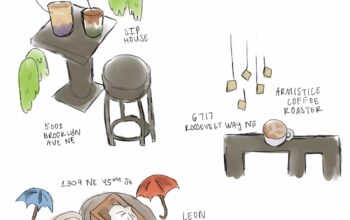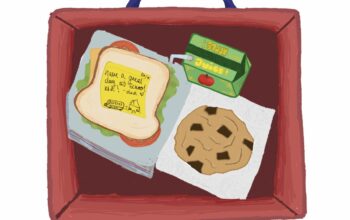We’ve all experienced it. You walk up to the counter of a cafe and order some boba tea, or a Pumpkin Spice Latte. You finish your order and the barista turns a tablet screen around. Time to tip.
Most people don’t have a problem leaving a tip. When I pay with cash, I usually leave my change in the tip jar. But something feels wrong about having a tablet turned around on you, and having a worker watch you choose what you feel they deserve.
Is this a healthy dynamic for workers and consumers? I don’t think so. Many workers are paid below minimum wage and rely on tips. Since food service workers often sign tip sharing agreements, workers who receive large tips do not reap the rewards of their service.
For comparison, in Europe, it’s common for a service charge to be included in the bill. The service charge goes directly towards the workers’ salary. There’s no pressure to tack on an additional tip. At bars, there is no expectation of a tip. At restaurants, tips tend to be between five and fifteen percent . Europeans also round up a convenient amount. If the bill is $7.67, one might round up to $8.00.
Since workers are not reliant on tips for income, they can focus on doing their job. While European servers can be perceived as rude or blunt, they do not have to worry about their income being unstable.
Meanwhile people in the US who leave “bad” tips at restaurants are considered disrespectful or cheap. Personally, being expected to tip a considerable amount every time I receive a service is unreasonable. This stance raises a problem though.
Since workers rely on tips to make a living wage, if they don’t receive enough tips, they may not make enough money to cover rent, or other expenses.
Some people think shifting in the direction of European standards might be the way to go. Café frequenter and ASR Vice-President Nika Berrington ‘24 said, “Ideally, workers would be paid more automatically and not be leaving it up to the consumer’s tip because, you know, workers live off the tips.”
Companies could cover some of the extra expenses with a service charge. If consumers are happy with the service, they can still tip, but it wouldn’t be the expectation. While change like this is unlikely, we can still strive for an improved system.



